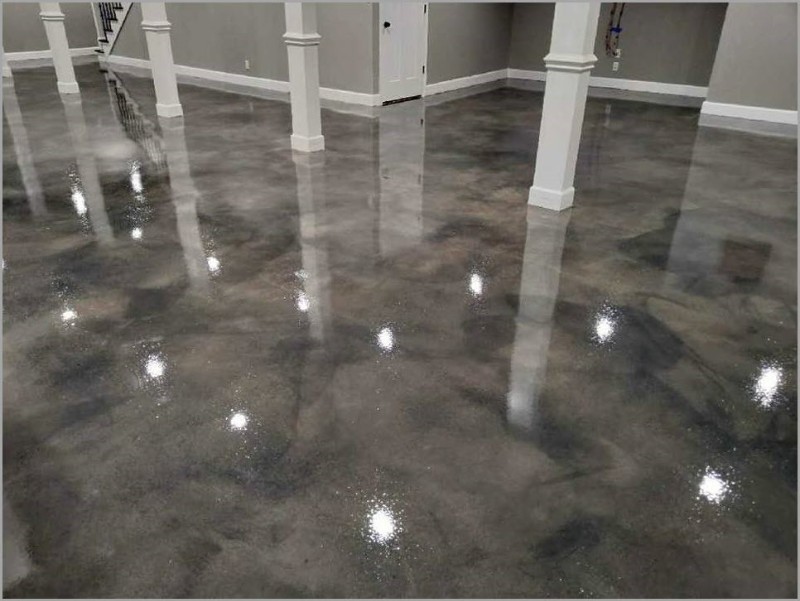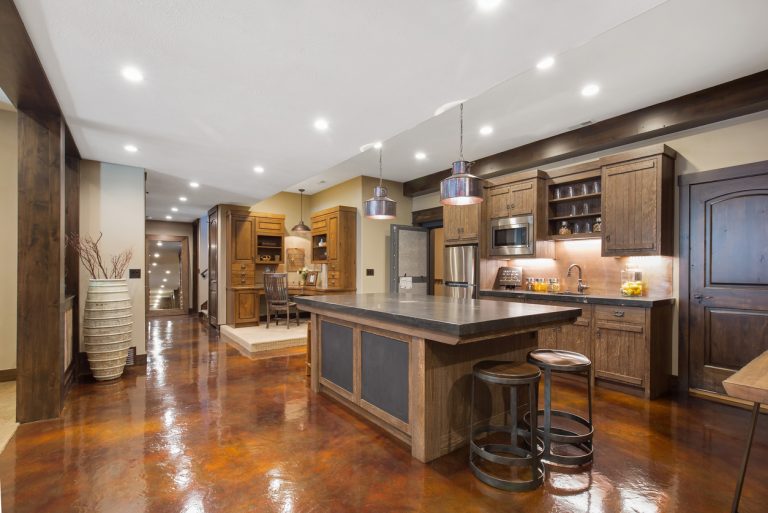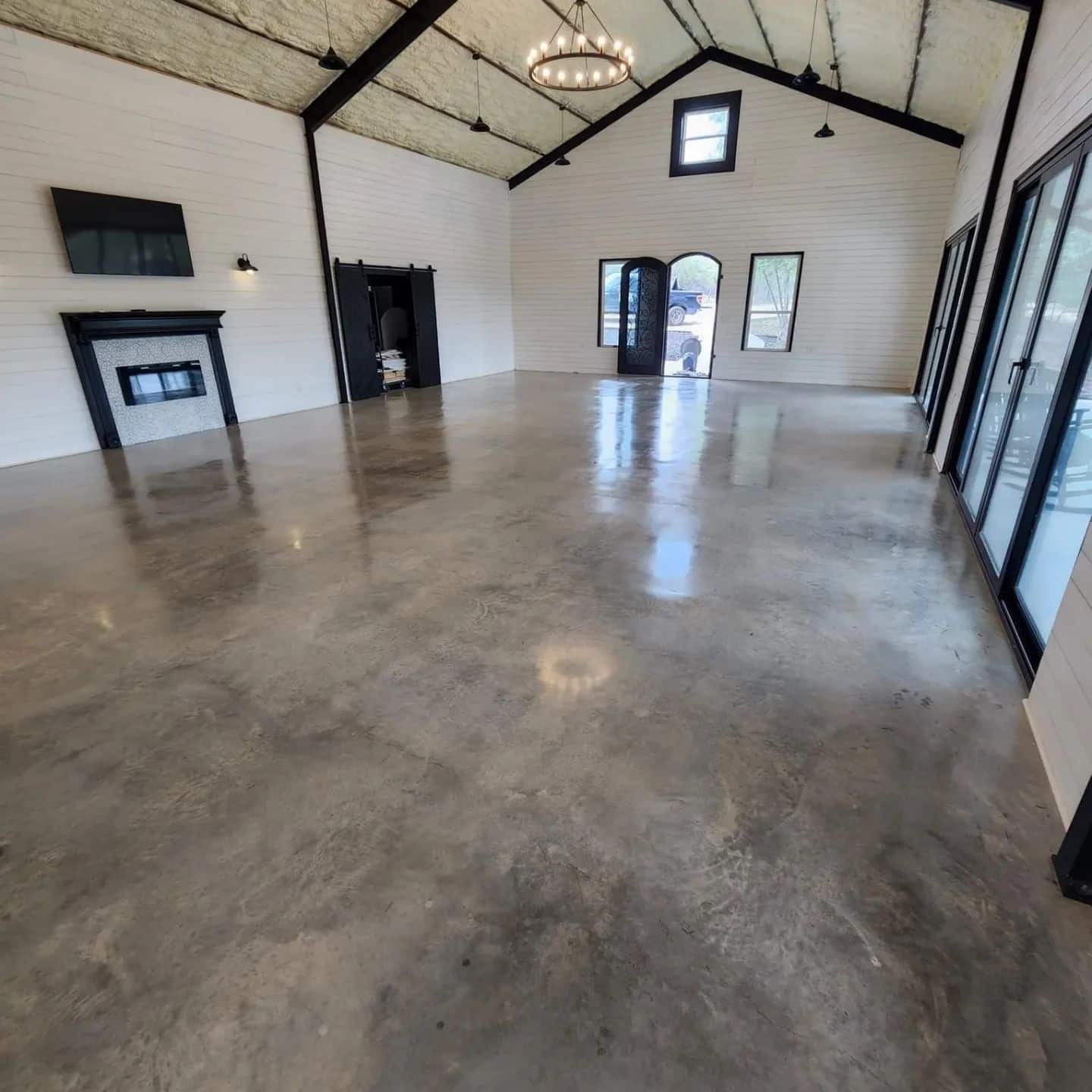Why Neighborhood Stained Flooring Is the Perfect Option for Sustainable Home Enhancement
In the realm of lasting home enhancement, local tarnished flooring has actually emerged as a prominent option amongst ecologically conscious home owners. As an economical investment with minimized upkeep needs, it increases a provocative question: could this be the optimal remedy for sustainable real estate?
Understanding the Concept of Local Discolored Flooring
While the notion could seem unique to some, neighborhood discolored floor covering is an innovative approach to home renovation that incorporates aesthetics, resilience, and sustainability. The staining process not only improves the natural appeal of the wood grain yet additionally adds a layer of security, enhancing the long life of the floor covering. Utilizing regional wood types usually supports neighborhood economies and promotes responsible forest management practices.
The Appearance of Neighborhood Discolored Flooring
Why is neighborhood tarnished flooring acquiring appeal for its aesthetic appeals? The solution exists in the unique charm and character it gives any room. Regional stained floor covering provides a varied series of colors and patterns, showing the natural elegance and variations of the local wood varieties made use of. This creates an unique, individualized aesthetic that can not be reproduced by mass-produced alternatives. In addition, the staining process boosts the wood's innate grain and structure, including deepness and splendor to the flooring's look. This rustic elegance perfectly mixes with numerous interior decoration styles, from typical to modern, making it a flexible selection for homeowners. Eventually, the allure of local discolored floor covering lies in its ability to transform homes into unique, aesthetically appealing areas while promoting sustainability.
Environmental Influences of Regional Tarnished Flooring
The environmental ramifications of local tarnished floor covering encompass two considerable elements: reducing carbon footprint and waste minimization advantages. Using locally sourced materials for tarnishing not just diminishes transportation emissions, yet likewise promotes sustainable forestry practices. Moreover, the waste minimization facet enters into play as these flooring types usually have a longer life expectancy, reducing the frequent demand for substitutes and the waste connected with it.
Lowering Carbon Impact
As homeowners turn to more lasting options, local stained flooring becomes a viable solution to lower carbon impact. This sort of floor covering mainly makes use of in your area sourced products, which substantially minimizes the requirement for transportation. This decreases emissions linked with products transport, adding to reduced levels of greenhouse gases in the ambience. The process of staining the floor covering, rather than utilizing synthetic coatings, entails fewer chemicals and much less energy-intensive procedures. This results in a decline in carbon discharges throughout the production procedure. Going with neighborhood discolored flooring demonstrates a reliable step in advertising environmental sustainability, highlighting a concrete means home owners can contribute to combating environment adjustment from the convenience of their very own homes.
Waste Minimization Benefits
Although often forgotten, waste minimization is one more substantial benefit of regional stained floor covering. By choosing this alternative, property owners help in reducing the mass of waste headed to garbage dumps. This floor covering type, generally sourced from regional timber, can be recovered, refinished, and reused, including in its longevity. Unlike synthetic flooring, it does not add to the development of non-biodegradable waste. In addition, the staining process utilizes less sources and produces less waste compared to manufacturing new flooring materials. Any type of waste created during the staining procedure is generally organic and biodegradable, mitigating ecological damage. The option of regional stained floor covering not only beautifies homes but also underpins a dedication to sustainable living and waste decrease.
The Durability and Upkeep of Regional Tarnished Floor Covering

The Cost-Effectiveness of Local Tainted Flooring
While local tarnished flooring might initially appear more expensive than various other choices such as rug or laminate, its long life and toughness swiftly turn it right into a cost-effective selection. For property owners looking for a sustainable, economical remedy for their flooring requires, regional tarnished flooring arises as an exceptional, long-term investment that pays off over time.

Real Life Instances of Lasting Houses With Local Discolored Flooring
In the world of sustainable home improvement, regional stained floor covering has become a prominent alternative. To additionally illustrate its benefits, numerous genuine life instances of green homes that have effectively incorporated this flooring method will be highlighted. These study supply tangible proof of the advantages and influence of utilizing neighborhood stained flooring in lasting homes.

Display: Eco-Friendly Floor Covering Houses
Checking the globe, one can find countless homes that symbolize the principle of green living via the usage of local tarnished floor covering. Across seas in copyright, a modern-day house showcases its rich, maple-stained floor covering, a testimony to the abundant neighborhood timber supply (Residential Stained Concrete Floors). These homes not only showcase the aesthetic versatility of neighborhood discolored floor covering yet also its payment to a much more lasting way of life.
Local Tainted Flooring Advantages
The indisputable attraction of neighborhood tarnished flooring expands beyond its aesthetic allure, as it likewise supplies considerable advantages to both property owners and the setting. This kind of floor covering is sourced and produced locally, decreasing transportation discharges and strengthening the local economic climate. The discoloration procedure uses natural, non-toxic materials, promoting interior air top quality and reducing the home's environmental footprint. In a sustainable home in Rose city, Oregon, as an example, regional stained concrete floorings not only boost the appearances however also work as thermal mass, soaking up warmth throughout the day and launching it at evening, reducing energy usage. An additional instance is a green-certified home in Austin, Texas, where in your area sourced walnut was discolored and used for flooring, adding to the home's LEED qualification.
Verdict
In final thought, regional discolored floor covering is a sustainable and practical choice for home enhancement. With its distinct other mix of environmental, visual and affordable advantages, regional stained flooring is a clear option for property owners seeking a lasting, aesthetically attractive and affordable home renovation option.
In the world of lasting home improvement, neighborhood stained floor covering has arised as a popular option amongst ecologically aware property owners. Neighborhood stained floor covering offers a diverse variety of shades and patterns, showing the all-natural charm and variants of the neighborhood timber species utilized. The option of neighborhood tarnished flooring not only enhances homes yet additionally underpins a commitment to sustainable living and waste reduction.
For house owners looking for a lasting, economical solution for their flooring needs, local discolored flooring emerges as an exceptional, long-lasting financial investment that pays off over time. Local Stained Concrete.
With its distinct blend of environmental, economical and visual advantages, regional stained flooring is a clear choice for home owners seeking a sustainable, visually enticing and cost-efficient home enhancement service.